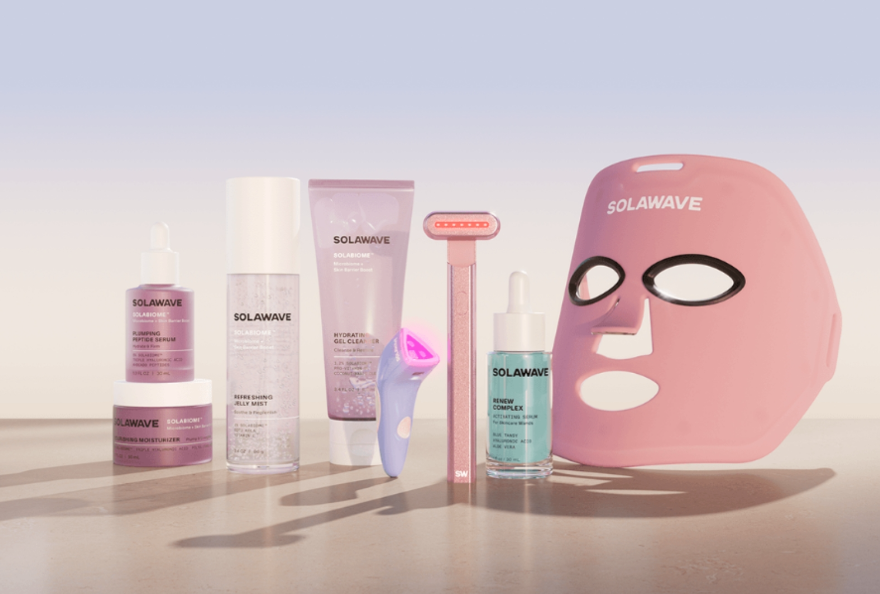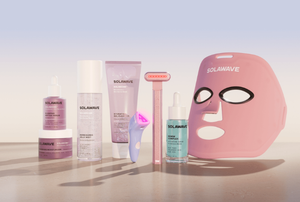
Do you know what tests cosmetics need to undergo?Inspection, factory inspection, certification service
Cosmetics, as daily consumer products that come into direct contact with the human body, their quality and safety directly affect consumers' health. All countries have established strict regulatory systems to supervise cosmetics. To ensure that cosmetics meet the mandatory national standards and customer requirements, a complete quality control system from raw material procurement, production and processing to product manufacturing and final shipment must be established. This article will, based on the process characteristics of cosmetics, systematically introduce their classification, testing items, inspection standards, and key points of factory inspection and review, providing professional guidelines for brand owners, manufacturers, and quality inspection institutions.
I. Classification of Cosmetics and Quality Focus Areas
(1) Classification by Function and Application Area
Cleaning cosmetics: facial cleansers, shampoo, etc. Focus on microbial indicators and the stability of active ingredients
Cosmetic products for skincare: skin care creams, lip balms, etc. These products need to be tested for pH value, heavy metal content and preservative content.
Cosmetic/Makeup Products: Powder compacts, lipsticks, hair dyes, etc. Key tests include pigments, sunscreens and restricted substances.
(2) According to product form and processing characteristics
Emulsified products: Creams and lotions, require monitoring of the stability of the emulsification process and the risk of microbial contamination
Liquid product category: toner, perfume. The key tests include volatile substances such as methanol and formaldehyde.
Powder products: Powder foundation, eyeshadow. Pay attention to the content of heavy metals and the purity of the raw materials.
II. Cosmetics Inspection Standards and Inspection Basis
(1) Main Regulations and Standards
"Cosmetics Safety Technical Specifications" (2015 Edition): A mandatory technical standard, replacing the 2007 version of hygiene specifications
GB/T 29665-2013 Standard for Skin Care Lotion
"Cosmetics Supervision and Administration Regulations": Implemented in 2021, strengthening supervision throughout the entire process
EU Regulation EC 1223/2009: EU Cosmetics Regulations - Exporting enterprises should pay particular attention to this.
FDA 21 CFR Part 70-82: Regulations on Cosmetic Pigment Additives in the United States
(2) Key points of factory inspection
Quality management system
Whether to establish a cosmetics GMP management system in accordance with ISO 22716
The review of raw material suppliers' qualifications and the integrity of the raw material inspection (IQC) records must be ensured to be complete and traceable.
Production environment control
Does the cleanliness level of the workshop meet the requirements of the product characteristics (such as 300,000-level, 100,000-level)?
Whether the air cleanliness, pressure difference, temperature and humidity are continuously monitored and recorded
Laboratory capabilities
Does the facility have a microbiology laboratory and the necessary testing equipment (such as a sterile workbench and incubator)?
Whether the inspectors possess the required qualifications and whether the testing methods have been verified
III. Finished Product Inspection Items and Methods
1. Physical and Chemical Index Testing
Heavy metal content: Lead ≤ 10mg/kg, Arsenic ≤ 2mg/kg, Mercury ≤ 1mg/kg (in accordance with the requirements of the "Technical Specifications")
Microbial indicators: Total colony count ≤ 500 CFU/g (Eye cosmetics ≤ 100 CFU/g)
Restricted substances: Methanol ≤ 2000mg/kg, Dioxane ≤ 30mg/kg
2. Stability Test
Heat and Cold Resistance Test: Cyclic test at -15℃ to 40℃, observe the changes in properties after returning to room temperature.
Centrifugation test: At 3000 rpm for 30 minutes, there was no layering or sedimentation.
Light exposure test: Under a light intensity of 4500 ± 500 Lx, no changes in the traits were observed within a certain period of time.
3. Detection of active ingredient content
Sunscreen agent content: UVA/UVB sunscreen agents must be within the specified range.
Active ingredient content: For substances such as vitamins and plant extracts, they should be consistent with the labeled content.
Hormonal substances: Glucocorticoids, sex hormones, etc. must not be detected.
4. Safety of packaging materials
Plasticizer migration: The content of phthalates complies with the relevant limits
Heavy metal leaching: The amount of heavy metals leaching from packaging materials must comply with the standards.
IV. Sampling Plan and Decision Rules
Sampling standard: According to GB/T 2828.1, use special inspection levels S-2 or S-3
Defect Classification:
Critical Defects: Excessive heavy metals, detection of prohibited chemicals, microbial contamination
Main Defects (Major): Insufficient active ingredients, excessive pH value, incorrect labeling
Minor Defects: Packaging flaws, slight appearance differences
AQL Acceptance Criteria:
Serious defect: 0
Main defect: 1.0
Minor defect: 4.0
Quality inspection criteria: Zero tolerance for severe defects. Major and minor defects are judged according to the AQL standard.
V. Packaging, Labeling and Traceability Requirements
Labeling and Identification
The full ingredient list should be arranged in descending order of content. Cosmetics with special uses should indicate the approval number.
The production date and shelf life should be indicated, or the production batch number and the expiration date should be provided.
Traceability system
A complete traceability system from raw materials to finished products needs to be established. The retention period for records must be no less than 6 months after the expiration date of the product.
For each batch of products, samples must be retained. The quantity of the samples should be sufficient to cover the needs of conducting the full set of tests twice.
File Management
Each batch of products must have complete batch production records and batch inspection records.
The raw materials must have supplier qualification certificates and inspection reports.
VI. Common Quality Issues and Improvement Suggestions
Typical Defects: Excessive microorganisms, insufficient active ingredient content, packaging material compatibility issues
Process control points: It is recommended to set CCP points in key processes such as water treatment, ingredient preparation, and filling.
Factory inspection improvement direction: Introduce a digital quality management system and establish control over the integrity of laboratory data
Summary
The quality and safety of cosmetics is an inescapable responsibility of the manufacturing enterprises. Through a well-established factory inspection system and strict factory inspection, combined with raw material control, process monitoring and product testing, it is possible to ensure that the products meet regulatory requirements. It is recommended that brand owners focus on reviewing the completeness of the quality system and inspection capabilities of the suppliers when selecting them, and conduct regular quality audits during the cooperation process to jointly ensure the health of consumers and product safety.
分享这个商品

Do you know what tests cosmetics need to undergo?Inspection, factory i
Cosmetics, as daily consumer products that come into direct contact with the human body, their quality and safety directly affect the health of consumers.
